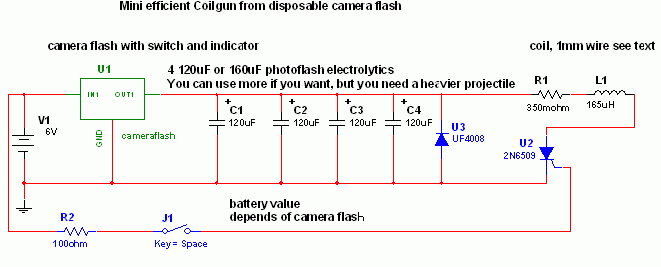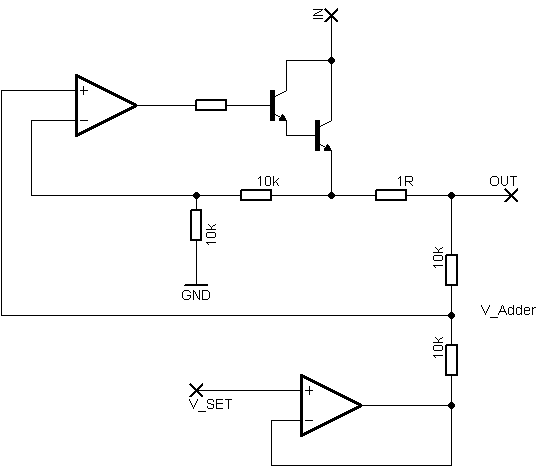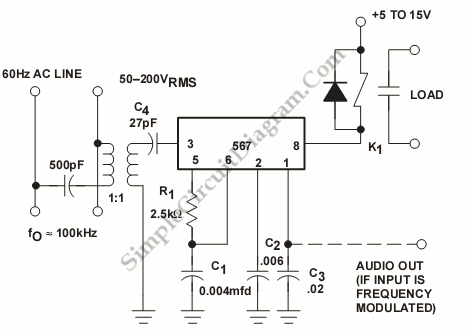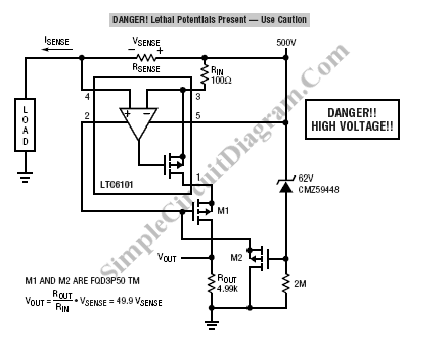
resistors Current flows from the source towards the sink

The circuit is designed to limit the maximum voltage between the GPIO input pin and the current source to 3.3V. This is achieved through a voltage divider configuration where the voltage across the 10K resistor is 3.3V, while the voltage across the 5K resistor is 1.7V. As long as the current flows from the source to the sink, the voltage between the source and the GPIO pin should remain at 1.7V.
The circuit utilizes a voltage divider formed by two resistors, R1 (10KΩ) and R2 (5KΩ). The output voltage (Vout) at the junction of these two resistors can be calculated using the voltage divider formula:
\[ V_{out} = V_{in} \times \frac{R2}{R1 + R2} \]
In this case, if the input voltage (Vin) is 5V, the output voltage across R2 (5KΩ) can be calculated as follows:
\[ V_{out} = 5V \times \frac{5KΩ}{10KΩ + 5KΩ} = 5V \times \frac{5}{15} = 3.3V \]
This indicates that the voltage across the 10K resistor (R1) is indeed 3.3V, confirming the intended operation of the circuit. However, it is essential to note that the voltage across the 5K resistor (R2) is 1.7V, which represents the voltage drop when current flows through the resistive path.
The behavior of the circuit relies on the current flow from the voltage source through the resistors and to the GPIO pin. When the current is active, the voltage at the GPIO pin is influenced by the potential divider created by the resistors. The voltage at the GPIO pin is effectively the voltage drop across R2, which is 1.7V.
It is critical to ensure that the GPIO pin can tolerate this voltage without damage and that the current flowing through the resistors does not exceed the maximum ratings for either the GPIO pin or the resistors themselves. This circuit configuration can be effectively used in microcontroller applications where interfacing with higher voltage levels needs to be safely managed, ensuring that the GPIO pins remain within their specified voltage limits.
In summary, the circuit functions correctly as a voltage divider, providing the necessary voltage levels while maintaining safe operating conditions for the GPIO pin.It`s supposed to reduce the max. voltage between the GPIO input pin and the current source to 3. 3V, since 5V * (10K/(10K+5K) = 3. 3V. The thing is - 3. 3V is the voltage over the 10K resistor and 1. 7V is the voltage over the 5K one. As long as the current flows from the source to the sink, the voltage between the source and the GPIO pin should be 1.7V - what am I missing 🔗 External reference
The circuit utilizes a voltage divider formed by two resistors, R1 (10KΩ) and R2 (5KΩ). The output voltage (Vout) at the junction of these two resistors can be calculated using the voltage divider formula:
\[ V_{out} = V_{in} \times \frac{R2}{R1 + R2} \]
In this case, if the input voltage (Vin) is 5V, the output voltage across R2 (5KΩ) can be calculated as follows:
\[ V_{out} = 5V \times \frac{5KΩ}{10KΩ + 5KΩ} = 5V \times \frac{5}{15} = 3.3V \]
This indicates that the voltage across the 10K resistor (R1) is indeed 3.3V, confirming the intended operation of the circuit. However, it is essential to note that the voltage across the 5K resistor (R2) is 1.7V, which represents the voltage drop when current flows through the resistive path.
The behavior of the circuit relies on the current flow from the voltage source through the resistors and to the GPIO pin. When the current is active, the voltage at the GPIO pin is influenced by the potential divider created by the resistors. The voltage at the GPIO pin is effectively the voltage drop across R2, which is 1.7V.
It is critical to ensure that the GPIO pin can tolerate this voltage without damage and that the current flowing through the resistors does not exceed the maximum ratings for either the GPIO pin or the resistors themselves. This circuit configuration can be effectively used in microcontroller applications where interfacing with higher voltage levels needs to be safely managed, ensuring that the GPIO pins remain within their specified voltage limits.
In summary, the circuit functions correctly as a voltage divider, providing the necessary voltage levels while maintaining safe operating conditions for the GPIO pin.It`s supposed to reduce the max. voltage between the GPIO input pin and the current source to 3. 3V, since 5V * (10K/(10K+5K) = 3. 3V. The thing is - 3. 3V is the voltage over the 10K resistor and 1. 7V is the voltage over the 5K one. As long as the current flows from the source to the sink, the voltage between the source and the GPIO pin should be 1.7V - what am I missing 🔗 External reference





